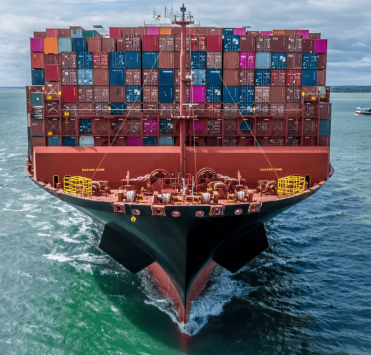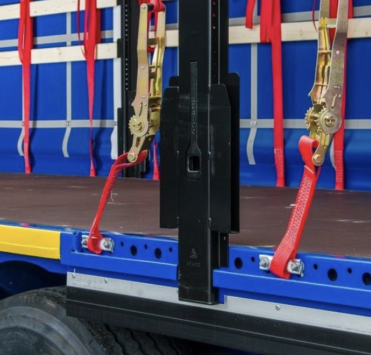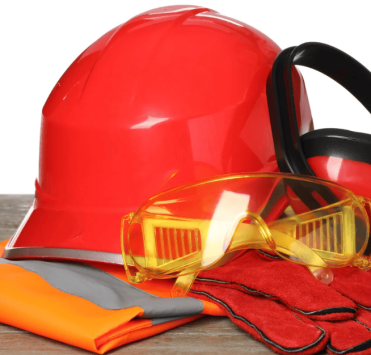Transportation of generators: what is important to know about transport?

Generators play a vital role in construction, industry, energy production, agriculture, and many other sectors where stable energy supply is critical. However, transporting generators from Europe and China requires careful consideration of various factors, including size, weight, route specifics, securing requirements, and customs clearance. The transportation of oversized and heavy-duty generators presents even greater challenges, demanding specialized equipment and a meticulous approach to safety.
Key Features of Generator Transportation
Generators are sophisticated technical equipment ranging from compact models to massive industrial devices. Their transportation involves several critical aspects:
- Size and Weight of the Cargo:
Generators can be standard or oversized, with weights often exceeding several dozen tons. This requires selecting transportation capable of handling such loads, such as tarpaulin-covered trucks or low-loader trailers. - Sensitivity to External Factors:
Generators contain delicate components like engines and electronics that are vulnerable to damage from vibrations, impacts, or sudden temperature changes. This makes the use of professional packaging materials and securing systems essential. - Non-Standard Shapes:
Many generators feature asymmetrical designs, complicating securing processes and necessitating precise calculations of the center of gravity to prevent tipping or cargo shifting.
Transporting Small Generators
The transportation of standard generators is typically carried out using tarpaulin-covered trucks or shipping containers, which offer an optimal balance of safety, speed, and cost-efficiency.
Transportation in Tilt Trucks
Tilt trucks are ideal for medium-sized generator transportation from Europe. The tarpaulin body protects the cargo from rain, dust, and other environmental factors, which is particularly important for long-distance deliveries. Generators are positioned within the truck to ensure even weight distribution. Securing measures include straps, chains, and anti-slip mats. These precautions prevent cargo shifting during braking or sudden maneuvers.
Transportation of Generators in Containers
Shipping containers are most commonly used for transporting generators from China. They provide airtight protection and additional security against environmental influences such as high humidity.
Inside the container, generators are secured using rigid metal fastenings to prevent movement, even during heavy sea swells. For added protection, shock-absorbing mats and moisture-resistant covers are employed.
Transportation of Oversized Generators
Transporting oversized generators is a specialized process that requires an individualized approach and consideration of the unique features of the cargo. These generators are characterized by their large dimensions, exceeding standard sizes, which makes their transportation more complex.
For such cargo, low-bed trailers are commonly used, allowing for the safe placement of bulky generators. Additionally, oversized generators often require special permits from transportation authorities, and delivery routes are planned with regard to bridge height limits, road widths, and weight restrictions.
A critical aspect is ensuring reliable cargo securing. Logistics companies develop detailed securing plans that consider the generator's center of gravity, route conditions, and potential risks. Securing mechanisms are positioned to minimize pressure on the generator's body and prevent any damage.
Transportation of Heavy-Duty Generators
Transporting heavy-duty generators is an even more challenging task. Generators weighing over 50 tons require the use of specialized equipment, such as modular trailers with hydraulic platforms. These platforms can distribute the load evenly, reducing stress on the vehicle's axles.
Transporting heavy-duty generators involves additional safety measures. In many cases, the transport is accompanied by escort vehicles to ensure road safety. Moreover, these loads are moved along pre-approved routes, avoiding narrow sections and weight-restricted areas.
Why Proper Securing is Crucial
Secure fastening of generators is a fundamental step that directly impacts the success of the transportation process. Generators, regardless of size or weight, are expensive and complex equipment, and any damage can lead to significant financial losses and delivery delays. Improper securing can cause serious consequences, such as cargo damage, loss of vehicle stability, and even road accidents.
Common Securing Mistakes and Their Consequences
One of the most frequent mistakes is improper weight distribution within the transport vehicle. If the center of gravity is not considered, the generator may shift during transit, leading to tipping or collisions with container or truck walls. This not only damages the equipment but also poses risks to other road users. Additionally, inadequate or weak securing mechanisms may break under load, especially on uneven roads or during sharp turns.
Key Securing Requirements
To ensure safe transportation of generators, only certified materials capable of withstanding significant loads are used. These include:
- Heavy-duty chains: Secure large and heavy generators, preventing any movement.
- Strong straps: Used to secure medium and small-sized equipment. Straps are equipped with ratchets for tight fastening.
- Wheel chocks: Applied for wheeled generators to prevent rolling during abrupt maneuvers.
These components must comply with international safety standards and be installed by professionals.
Center of Gravity Considerations
Special attention is given to the generator's center of gravity. Incorrect cargo placement can lead to uneven axle load distribution, increasing the risk of tipping. The center of gravity is determined in advance, and securing mechanisms are positioned to evenly distribute weight across the truck or platform.
Protecting the corpus and Internal Components
Generators often have protruding elements, such as control panels, cables, or ventilation grilles. To prevent damage, soft pads or cushioning materials are placed between the generator's body and securing mechanisms. This avoids scratches, dents, and other mechanical damage that could impact the device's functionality.
Conclusion
Generators are expensive equipment, and any damage can result in financial losses and disruptions to your business operations. Given the complexity of transporting generators, it is crucial to choose a reliable logistics partner capable of organizing the process efficiently. Save Pro Solutions specializes in the transportation of generators from Europe and China, offering comprehensive solutions for safe and timely delivery.
We provide:
- Generator transportation in tilt trucks, protecting the equipment from external impacts.
- Use of shipping containers that ensure airtight protection and reliability, even during long-distance shipments.
- Specialized equipment for oversized and heavy-duty generators, including low-bed trailers and modular platforms.
- Customs clearance and support at every stage of transportation.









